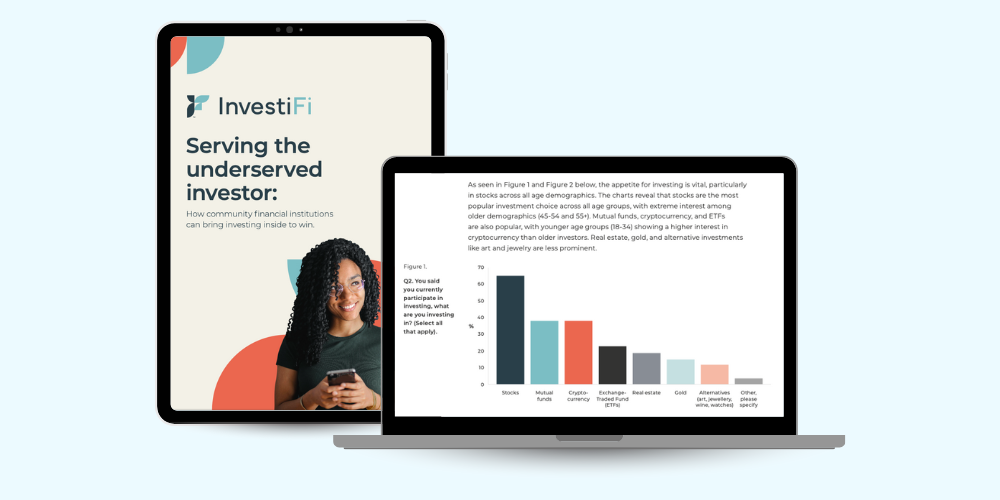There is still a lot of mystery surrounding the “Cloud” and we often hear people say “we are not ready for the cloud”, newsflash - if you are using recent updates of software and new applications,you are already there.
I’ll take a few minutes to unpackage what this means.
In meteorology, a cloud is an aerosol comprising a visible mass of minute liquid droplets or frozen crystals, both of which are made of water or various chemicals.
In technology a cloud is a collection of physical hardware setup in such a way to deliver a service. When the cloud is defined in this manner it's easy to see why there are so many cloud buzzwords around the industry, but this doesn't really explain what the cloud is or means to a business.
The cloud is the means to an end. In the same way that you traditionally purchased physical assets to build your own server and network infrastructure, you can instead purchase cloud services. The purpose is to run the applications and services your business requires. The best way to really think of any technology cloud is just the collection of servers, network devices, and security devices all paired together to provide something greater than the sum of their parts.
It's important to understand that there are many different types of clouds available. The various types, along with the number of players which have entered the field can make understanding this rapidly changing landscape difficult. Knowing what is available and how each can be leveraged will give your business an edge.
Types of Clouds
Infrastructure as a service, IaaS, is a cloud service which provides you and your business infrastructure needs. In most cases you can just think of this type of a cloud as a fully stocked datacenter. This datacenter is an extension of your business and treated just like a collection of hosts, SANs, and core networking devices. For an example take a look at AWS.
Platform as a service, PaaS, is signified by the cloud providing you with a platform to build or manage applications. In many cases PaaS offerings allow you to run your code as is within their cloud and allowing you the flexibility of managing your own code and software. For an example take a look at AWS Lambda
Software as a service, SaaS, differentiates itself from the others by the provider assuming responsibility of all aspects of infrastructure, platform, and software. You are provided software which you can manage. Many applications you use today are SaaS. Some great examples are Salesforce, Office 365, or Google Apps.
10reasons to leverage the cloud:
- Increase your agility and performance
- Security and compliance to whatever level you need
- Empower innovation to rapidly deploy new applications and technologies
- Get out of the data center business leaving that to the experts so you can concentrate on running your organization
- No more guesswork in budgeting - monthly costs depending on use rather than capital outlays
- Superior infrastructure previously outside the realm of possibility for all but the largest of enterprises
- Increased reliability of services and redundancy for your most critical processes
- Platforms built to mitigate failure or downtime of any single component
- Flexibility - spin up, spin down, or destroy your servers as necessary
- Cloud platforms scale with your needs immediately
Still unsure when to use the cloud for your needs?
Look out for my next article or even better reach out and have a conversation with Think|Stack.







